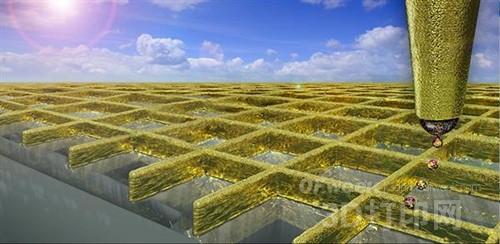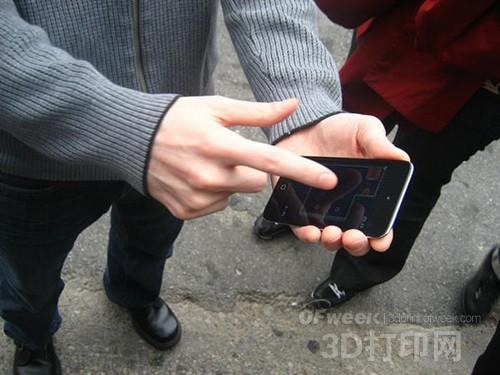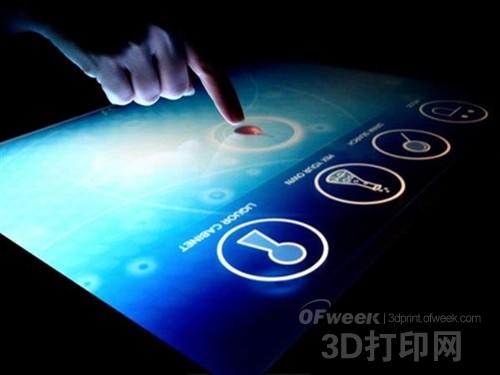Gold and silver nanoparticle 3D printing technology makes the touch screen cheaper and better
Recently, a group of scientists from the Federal Institute of Technology Zurich (ETH Zurich) of 3D printing has developed a nano-thin walls (nanowall) of new technology, the 3D printing technology can produce by far the most transparent, conductive electrode best performance So that the touch screen we can see everywhere has better screen quality and more accurate response.
According to scientists, the current mainstream touch screen technology relies on the surface of a nearly invisible nano wall made of conductive material. At present, the commonly used indium tin oxide is a material with high transparency but relatively low conductivity.

The breakthrough for scientists in this technology is that their use of gold or silver metal nanoparticles 3D printed nanowalls is more transparent and more conductive than indium tin oxide, thus providing a more complete touch screen overall experience.
“In the past, people used indium tin oxide because of the high transparency of this material, and its thin layer production technology is relatively mature, but its conductivity is only general,†explains Patrik Rohner, a member of the research team and Ph.D.

Scientists used a nano 3D printing process called Nanodrip to print gold and silver nanoparticles, while retaining the conductivity of the above materials while achieving high transparency. The researchers were able to print these electrodes into a very thin layer – between 80 and 500 nanometers thick. However, this raises another question:
"The two goals are conflicting in order to achieve high electrical conductivity and high transparency on these wires made of metal." Dimos Poulikakos, professor of ETH thermodynamics, head of the study, said: "With The cross-sectional area of ​​the gold and silver wires increases, and the electrical conductivity increases, but the transparency of the formed mesh decreases."
In order to solve this dilemma, scientists used 3D printing technology to print the electrodes, so that they can accurately raise the height of the wire to 2 to 4 times the width, which increases the cross-sectional area of ​​the wire and further increases Conductivity, but the transparency of the mesh does not decrease.

To achieve this, the Poulikakos team used the Nanodrip 3D printing process they developed three years ago – in fact, this technology is what we have previously reported about Scrona making the world's smallest color on a salt grain. The technique used when the picture is used. In this study, an ink made of gold or silver nanoparticles was placed in a solvent and then dispersed into a very small liquid by means of an electric field. The solvent is quickly evaporated, leaving only these small 3D structures. Scientists use these tiny droplets for 3D printing to print extremely small structures.
It is understood that this is the world's first touch screen nano wall manufactured using 3D printing technology. This nanowall is not only more transparent than nanowalls made of indium tin oxide, but also more conductive and less expensive. This is because the production of indium tin oxide requires a highly clean indoor environment, while gold and silver nanoparticles are not required.
The next project of the research team is to find a way to amplify this 3D printing process in order to industrialize it and use it for mass production. ETH is working with its spin-off Scrona to accomplish this goal.
Hair Care Set,Repair Hair Care Set,Nourishing Hair Care Set,Oil Control Hair Care Set
Guangzhou Berfly Cosmetic Co., Ltd , https://www.berflycosmetic.com